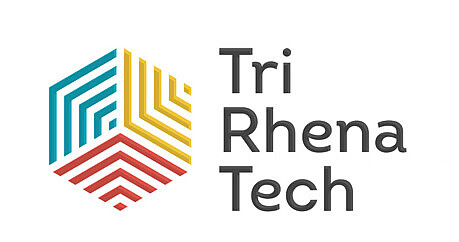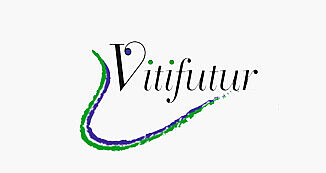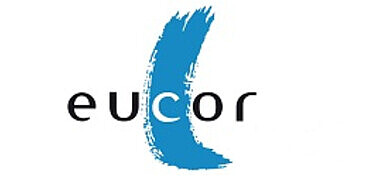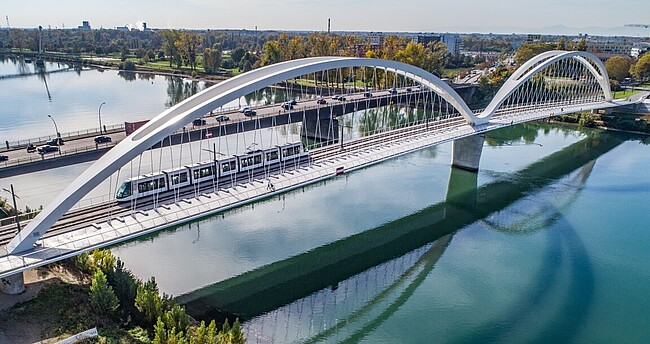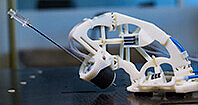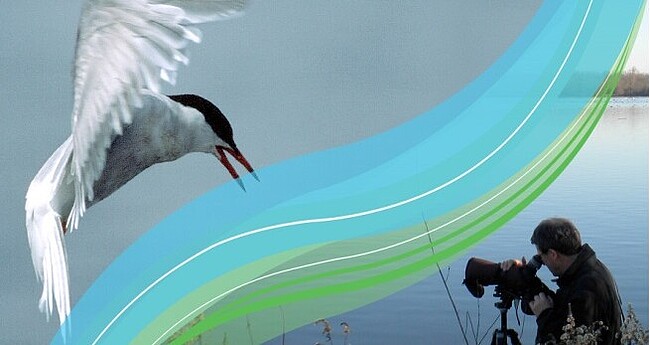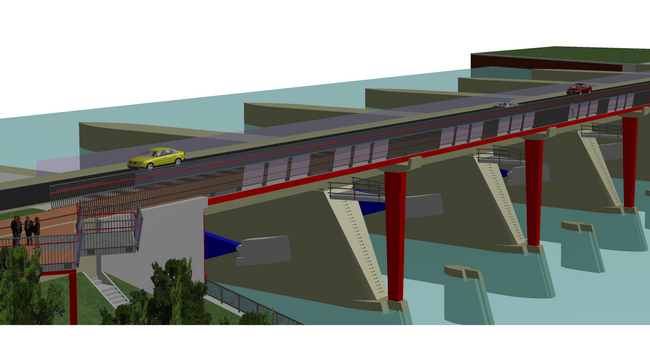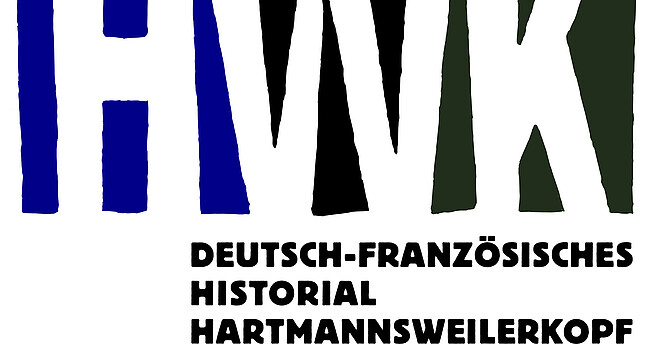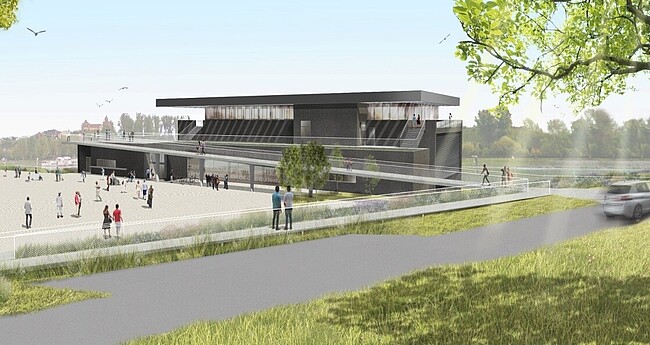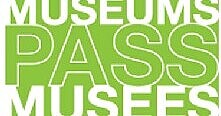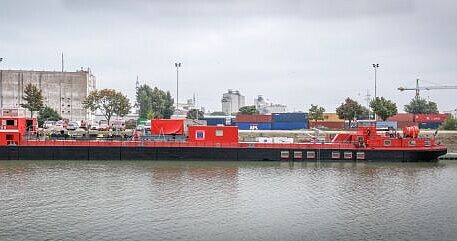Upper Rhine
The Cooperation Area Upper Rhine operates according to the principle of governance among those in charge of politics, business, science and civil society.
The Trinational Metropolitan Region Upper Rhine (TMR) was established with the goal of uniting previously independent political, economic, scientific and civil society actors, in order to develop an effective cross-border strategy by 2030. This strategy is used as the basis of the Operational Program INTERREG V Upper Rhine, which enables the financing of the planned lighthouses projects. This type of multi-level governance and dynamic execution of plans does not create a new structure, but rather tends to bring the existing resources and actors together to create new synergies. We want to turn pioneering projects into reality.
The TMR is a good example of a development approach that is applied across the different levels of government and sectoral boundaries. It also takes into account different spatial delineations. This combination of multi-level governance and variable geometry is an expression of coherent and sustainable cooperation.
Overall, the Trinational Upper Rhine region meets all the criteria of a polycentric metropolitan region:
- Central Political and Economic Function: In the Upper Rhine Valley there is a high concentration of national and international entities. (i.e European parliament, European Court for Human Rights, as well as the german Federal Constitutional Court, german Federal Court, ARTE, Bank for International Settlements etc.) along with noumerous economic actors (GDPI 272 Billion €/year). Lastly many companies that exist on an international level are present in the region (Novartis, Roche, Mercedes, Bosch, Peugeot, Siemens, Schaeffler, Herrenknecht etc.).
- Innovation and Competition: The Upper Rhine region is prominent for its social, cultural and technical development, with an exceptionally high number of Universities (European Campus), institutions for higher education, study and career options and lastly home to several Nobel Prize winners.
- Gateway-Function: The Upper Rhine Valley is a transport hub. It includes international airports, the Rhine river serving as Europe's most important inland waterway, high velocity trains ICE/TGV, several highways, efficient cross-border transport, ten new bridges across the river Rhine built within the last 15 years, home internet servers (gmx, 1&1, web.de are all based in Karlsruhe) and expositions.
- Symbolism: Through its historic, political, cultural and architectural prominence the Upper Rhine Valley is internationally recognized in relation to World Heritage Sites. Throughout history the area has been associated to humanists such as Erasmus von Rotterdam or printing pioneers as Gutenberg. Today, there is an extensive network of ten large cities, libraries, concert halls, museums, cathedrals etc.
- In addition, in order to achieve the goals and successfully implement the strategy 2020 the region will use the TMO governance model, through political, economic and scientific expertise.
Structures of cooperation
- Trinationale Metropolregion Oberrhein
- D-F-CH Regierungskommission
- D-F-CH Oberrheinkonferenz
- Oberrheinrat
- Städtenetz Oberrhein
- Eurodistrict PAMINA
- Eurodistrikt Strasbourg/Ortenau
- Eurodistrict Region Freiburg/Centre et Sud Alsace
- Trinationaler Eurodistrict Basel
The Eurodistricts encourage citizens to meet each other by facilitating small projects with INTERREG funds.
- INFOBEST PAMINA
- INFOBEST Kehl/Strasbourg
- INFOBEST Vogelgrun/Breisach
- INFOBEST PALMRAIN
- Euro-Institut
- European Consumer Protection (Zentrale für Europäischen Verbraucherschutz e. V.)
- TRION-climate e.V.
- Service for cross border job-placement (Service für grenzüberschreitende Arbeitsvermittlung)
- Joint center of german-french police and customs cooperation (Gemeinsames Zentrum der deutsch-französischen Polizei- und Zollzusammenarbeit)
- German-french water police on the rhine (Deutsch-französische Wasserschutzpolizei auf dem Rhein)
- Mobile training facility for firefighters on the Rhine (Mobile Übungsanlage Binnengewässer (MÜB))
- TriRhenaTech – engineer forming colleges (Ingenieur bildende Hochschulen)
- EUCOR – The European Cmpus
- Verwaltungsbehörde INTERREG Oberrhein

